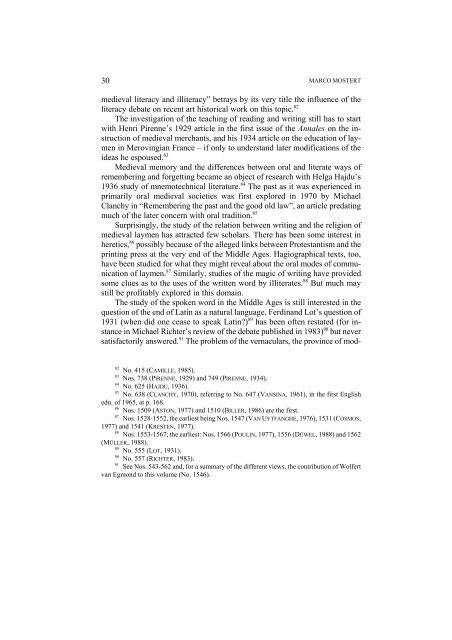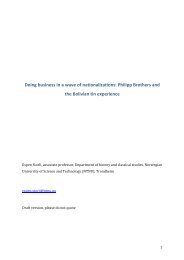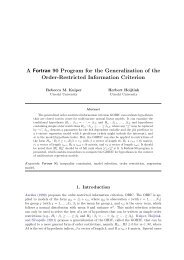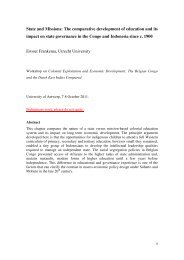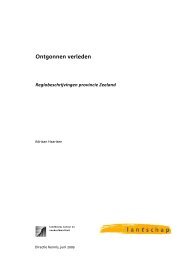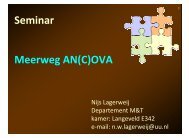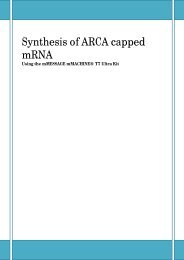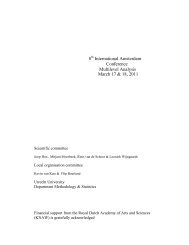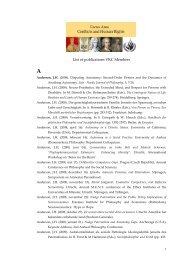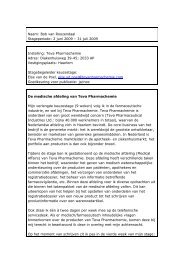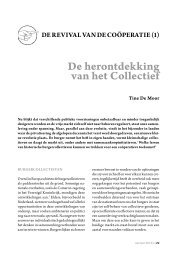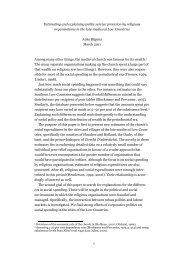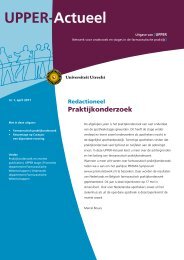New Approaches to Medieval Communication?1
New Approaches to Medieval Communication?1
New Approaches to Medieval Communication?1
Create successful ePaper yourself
Turn your PDF publications into a flip-book with our unique Google optimized e-Paper software.
30 MARCO MOSTERTmedieval literacy and illiteracy” betrays by its very title the influence of theliteracy debate on recent art his<strong>to</strong>rical work on this <strong>to</strong>pic. 82The investigation of the teaching of reading and writing still has <strong>to</strong> startwith Henri Pirenne’s 1929 article in the first issue of the Annales on the instructionof medieval merchants, and his 1934 article on the education of laymenin Merovingian France – if only <strong>to</strong> understand later modifications of theideas he espoused. 83<strong>Medieval</strong> memory and the differences between oral and literate ways ofremembering and forgetting became an object of research with Helga Hajdu’s1936 study of mnemotechnical literature. 84 The past as it was experienced inprimarily oral medieval societies was first explored in 1970 by MichaelClanchy in “Remembering the past and the good old law”, an article predatingmuch of the later concern with oral tradition. 85Surprisingly, the study of the relation between writing and the religion ofmedieval laymen has attracted few scholars. There has been some interest inheretics, 86 possibly because of the alleged links between Protestantism and theprinting press at the very end of the Middle Ages. Hagiographical texts, <strong>to</strong>o,have been studied for what they might reveal about the oral modes of communicationof laymen. 87 Similarly, studies of the magic of writing have providedsome clues as <strong>to</strong> the uses of the written word by illiterates. 88 But much maystill be profitably explored in this domain.The study of the spoken word in the Middle Ages is still interested in thequestion of the end of Latin as a natural language. Ferdinand Lot’s question of1931 (when did one cease <strong>to</strong> speak Latin?) 89 has been often restated (for instancein Michael Richter’s review of the debate published in 1983) 90 but neversatisfac<strong>to</strong>rily answered. 91 The problem of the vernaculars, the province of mod-82No. 415 (CAMILLE, 1985).83Nos. 738 (PIRENNE, 1929) and 749 (PIRENNE, 1934).84 No. 625 (HAJDU, 1936).85 No. 638 (CLANCHY, 1970), referring <strong>to</strong> No. 647 (VANSINA, 1961), in the first Englishedn. of 1965, at p. 168.86Nos. 1509 (ASTON, 1977) and 1510 (BILLER, 1986) are the first.87Nos. 1528-1552, the earliest being Nos. 1547 (VAN UYTFANGHE, 1976), 1531 (COSMOS,1977) and 1541 (KRESTEN, 1977).88Nos. 1553-1567; the earliest: Nos. 1566 (POULIN, 1977), 1556 (DÜWEL, 1988) and 1562(MÜLLER, 1988).89 No. 555 (LOT, 1931).90No. 557 (RICHTER, 1983).91 See Nos. 543-562 and, for a summary of the different views, the contribution of Wolfertvan Egmond <strong>to</strong> this volume (No. 1546).


